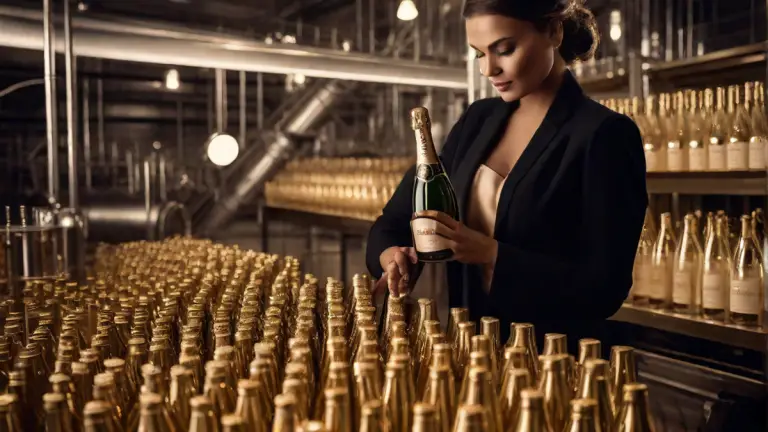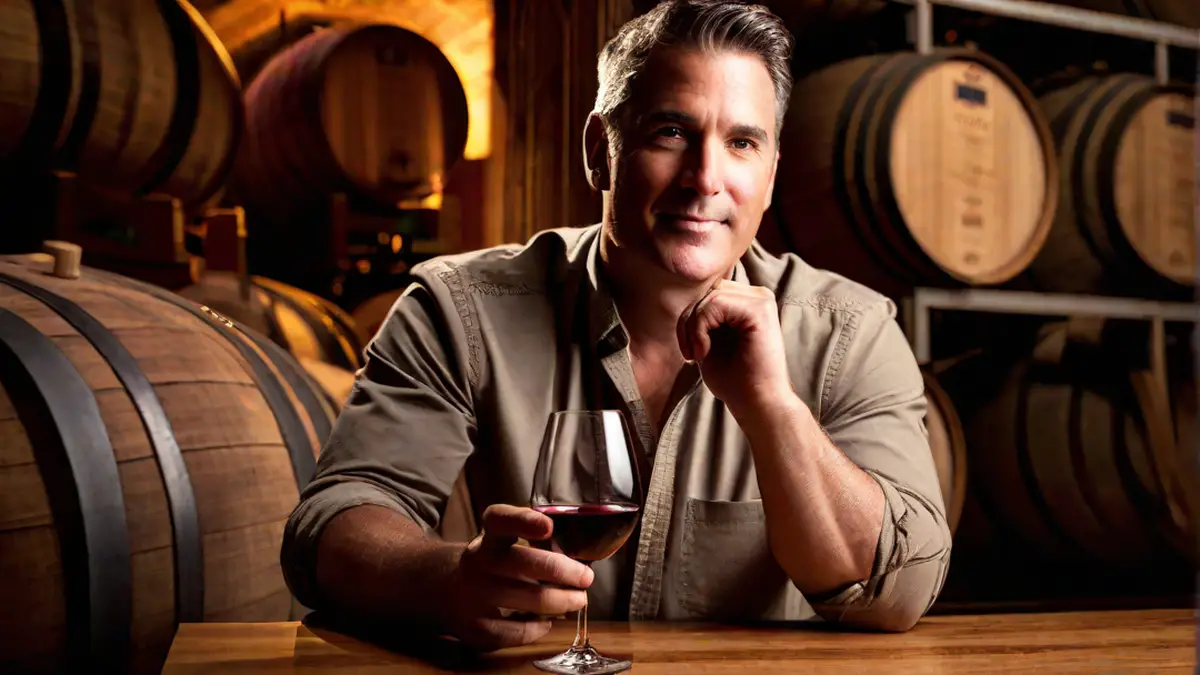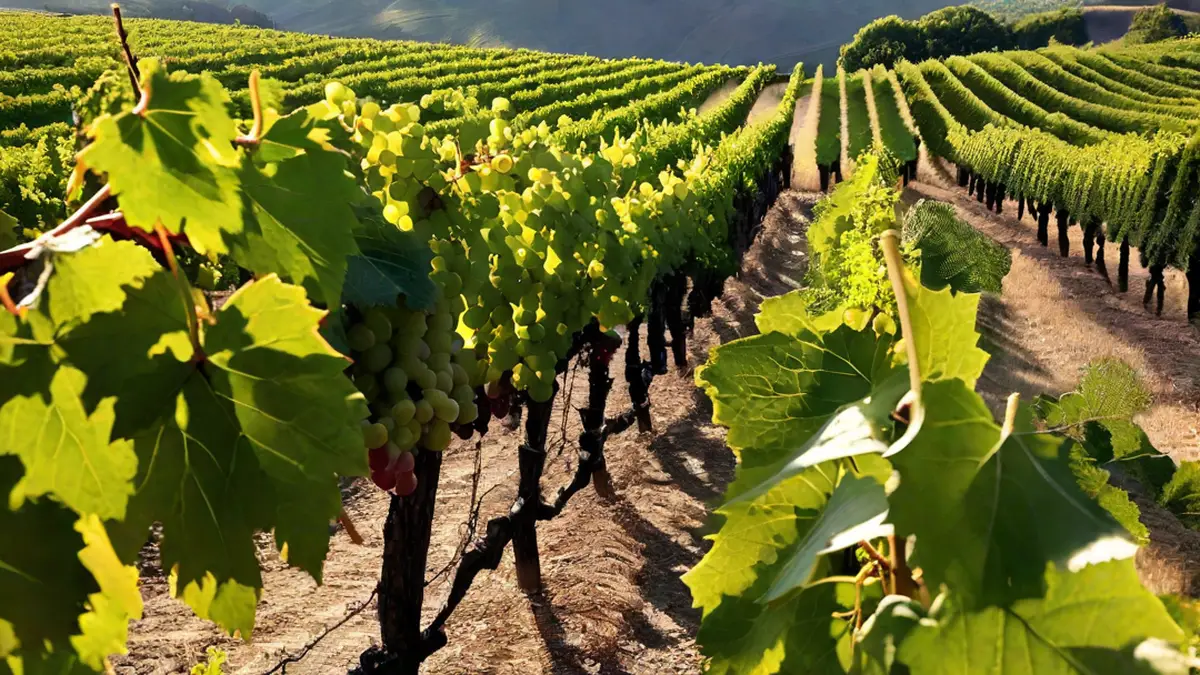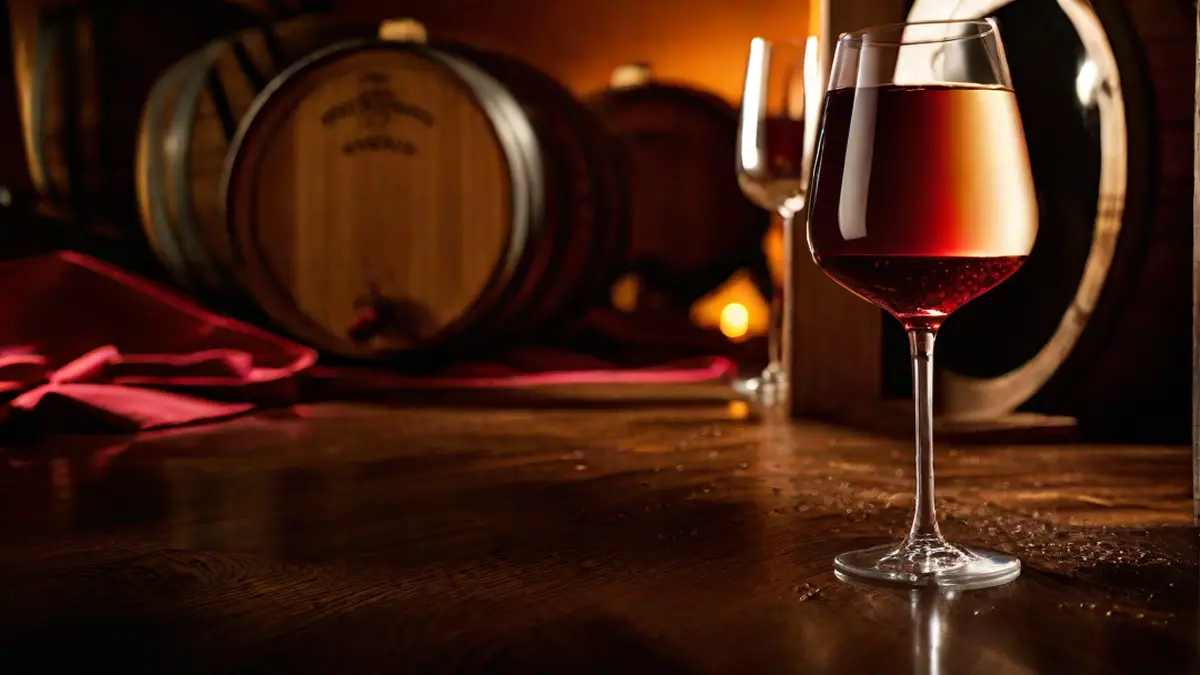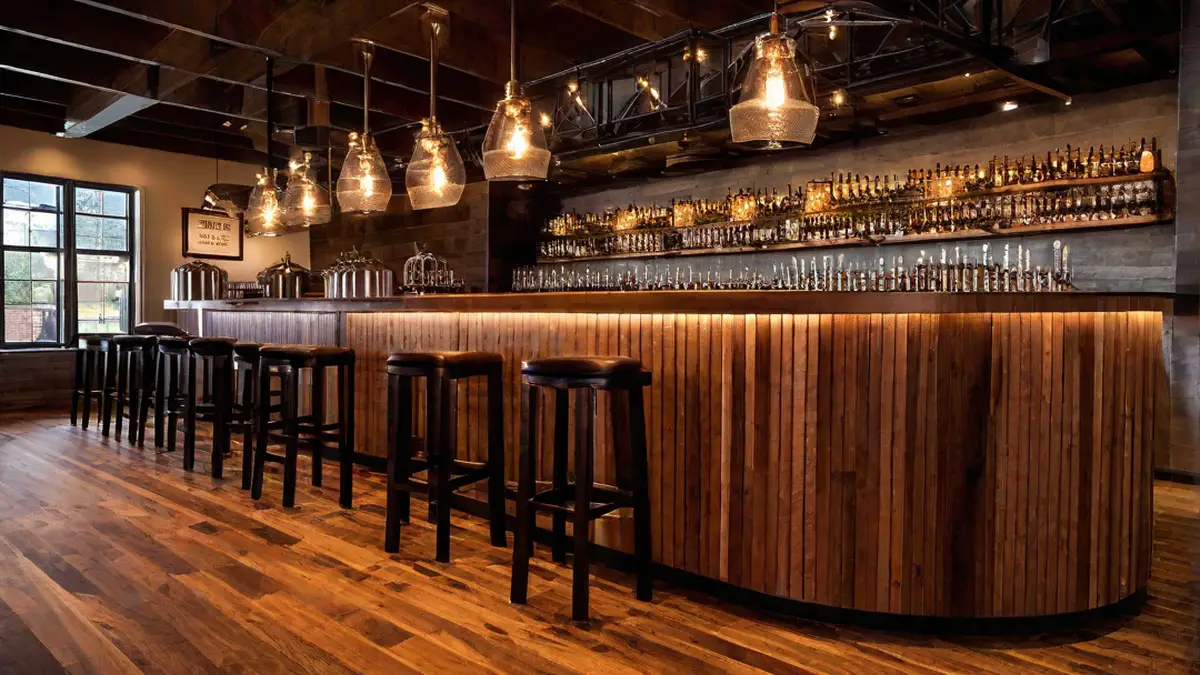Champagne, often chosen as the celebratory bubbly, involves a fascinating and intricate process in its making. As a person who appreciates the craftsmanship and inventiveness invested in each bottle, I’m excited to lead you on a journey of discovery to understand how champagne is produced.
The Grapes: The Foundation of Excellence
Step one in the champagne-making process is the careful selection and harvesting of the grapes. Champagne is made primarily from three grape varieties: Chardonnay, Pinot Noir, and Pinot Meunier. Each grape brings its own unique characteristics, contributing to the complexity of the final blend.
During the harvest, experienced and knowledgeable vineyard workers meticulously handpick the grapes, ensuring only the highest quality fruit makes its way into the winery. The timing of the harvest is crucial, as winemakers aim for the perfect balance of acidity and sugar levels in the grapes.
Pressing: Extracting the Purest Juice
Once the grapes have been harvested, they are swiftly transported to the winery to undergo pressing. The pressing process is crucial in the production of champagne, as it extracts the purest juice from the grapes, free from any unwanted impurities.
Traditionally, winemakers in the Champagne region use a gentle and gradual pressing method called “whole cluster press.” This technique involves pressing the grapes as whole clusters, allowing the juice to flow out slowly. The result is a clear and pristine juice, ready for fermentation.
Fermentation: Unleashing the Magic
After the pressing, the extracted juice is transferred to stainless steel tanks or oak barrels for fermentation. The primary fermentation process converts the natural sugars in the juice into alcohol, creating a still wine.
Here comes the magic! In the traditional champagne production method, known as the “Méthode Champenoise,” a secondary fermentation takes place inside the bottle. This is where the bubbles are born! To initiate the secondary fermentation, winemakers add a mixture of yeast and sugar, called the “liqueur de tirage,” to the bottle. The sealed bottle traps the carbon dioxide produced during fermentation, resulting in those delightful bubbles.
Aging: The Fine Art of Patience
Champagne is known for its exceptional aging potential, and this is achieved through an extended period of maturation. Once the secondary fermentation is complete, the champagne rests on its lees, the spent yeast cells, for an extended period. This process, known as “sur lie aging,” imparts complex flavors and aromas to the wine.
Depending on the desired style, champagnes can age for a minimum of 15 months (for non-vintage) to many years (for prestige cuvées). During the aging process, winemakers carefully monitor and adjust the conditions to ensure optimal development and harmonization of flavors.
Disgorging: Removing the Sediment
After the aging period, the champagne is ready to be clarified and freed from the sediment resulting from the secondary fermentation. This process, known as “disgorging,” involves freezing the bottle neck and removing the frozen plug of sediment.
Once the sediment is removed, a small amount of “liqueur d’expédition,” a mixture of wine and sugar, is added to adjust the sweetness level of the champagne. The bottle is then sealed with a cork and wire cage, ready for us to indulge in its effervescent glory.
Conclusion
From the meticulous selection of grapes to the labor-intensive aging process, every step in the champagne-making process involves a touch of craftsmanship and a dash of artistry. The result is a sparkling wine that has captured hearts and become a symbol of celebration worldwide.
So, the next time you raise a glass of champagne in celebration, take a moment to appreciate the expertise and passion that went into every single bottle. Cheers!
